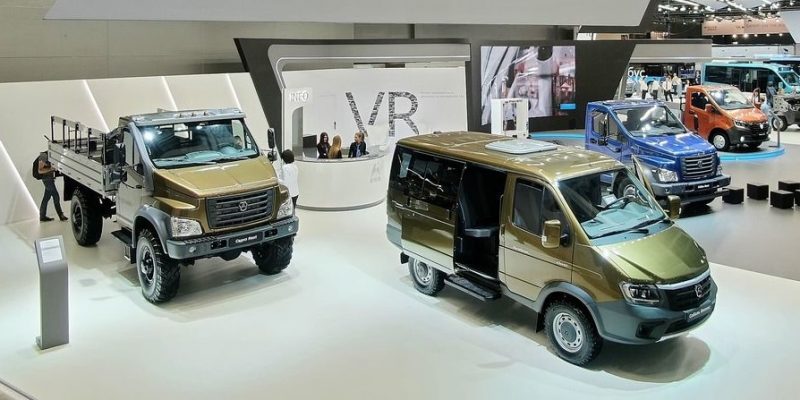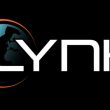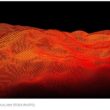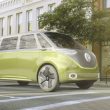Virtual ruts may speed up driverless adoption
It could be pointed out that a skilled carpenter can sharpen a pencil with an axe.
Luckily, you don’t have to perform the same feat because pencil sharpener is invented a long time ago but this is what is happening now in the modern AV industry. Engineers are a bit too set on training optical and laser-based systems for all circumstances without ever considering other, more elegant ways to perform same tasks. Much to the joy of manufacturers of chipsets who are only happy to satisfy the jumbo appetite for on-board computing power with expensive silicon brains. Just watch the specs of the brand-new chip Nvidia Drive AGX Orin to grasp what’s going on. As if that isn’t enough, AV developers call for ever faster OTA connectivity.
All the same, even the most sophisticated machinery vision systems mess up when dealing with uneven curbsides, missing markings or signs, dirt or ice on the surface. “The task of defining the road boundaries is a very demanding and requires much computing power,” Boris Ivanov, head of AV project at Starline, wrote in an e-mail.
When talking about elegant ways of engineering, can machinery vision be eschewed whatsoever? This is exactly what Russian start-up BaseTracK proposes to do. The company is working on a third-level technology of all-weather automated driving which requires the computing power of a smartphone and a mere 3G connection.
Its key concept is ‘basetracks’ or ‘virtual rails’ – high-accuracy spatial virtual tracks containing versatile data about the upcoming route, including geodata, road inclines, speed limits, coefficients of fuel consumption, weather limitations, traffic signs, and more. Basetracks can be used instead of HD topographic maps or as a separate layer on digital maps. With 1,100-yards of basetrack consuming as little as 30kB, it’s easy to upload the whole track to the vehicle’s driving unit before the trip or upload it piece-by-piece in the course of action.
To view the full version of this article, visit TU Automotive.

















